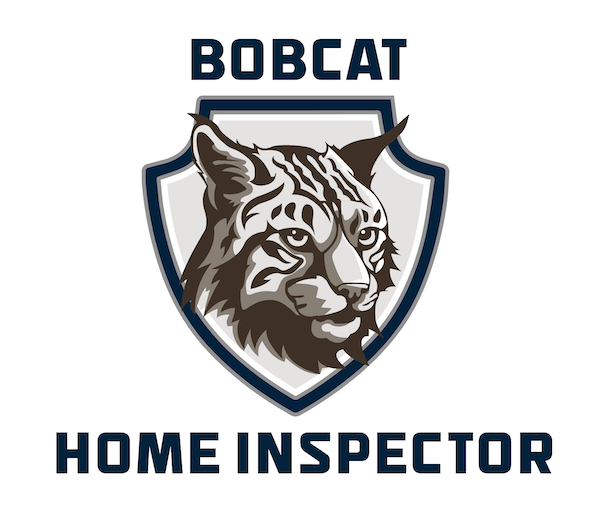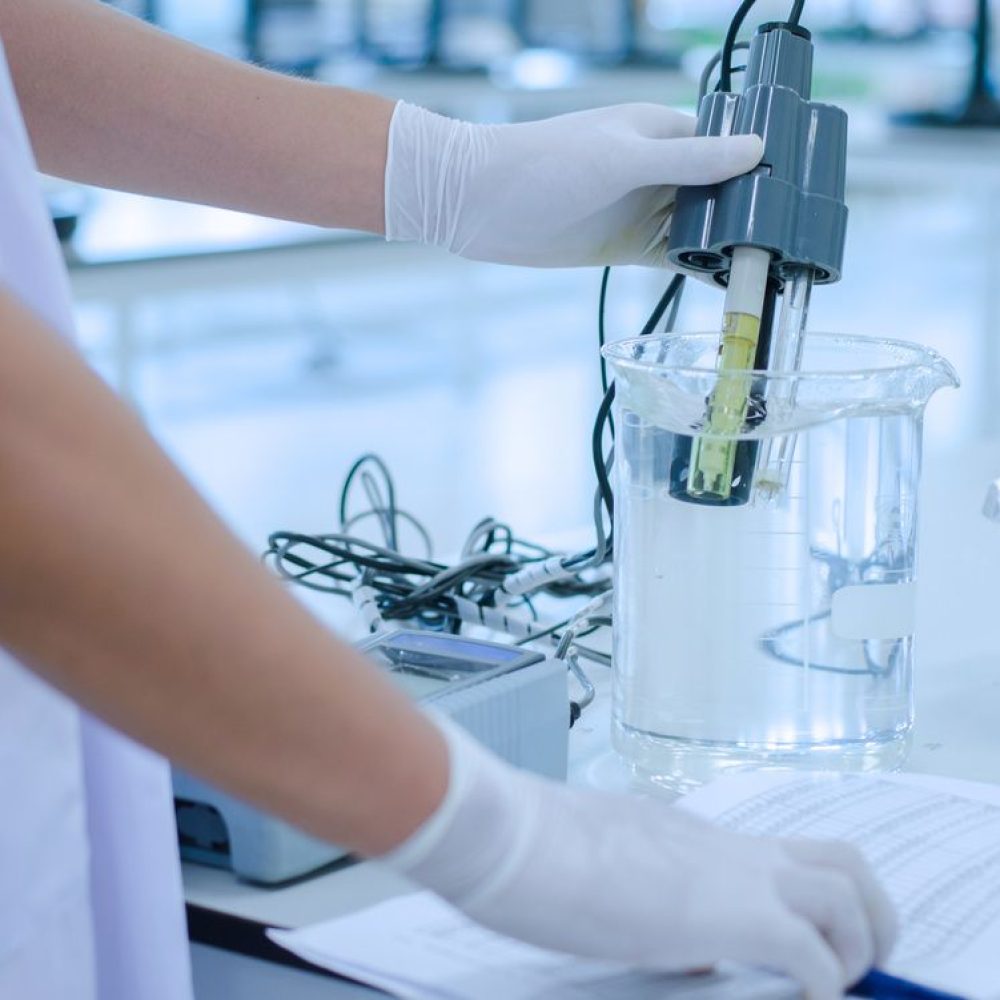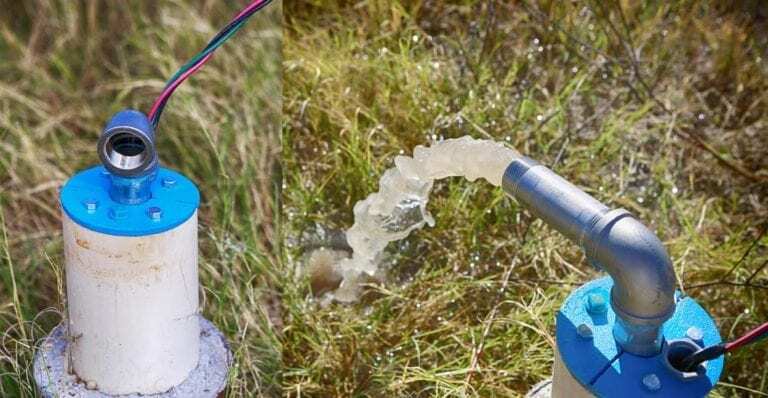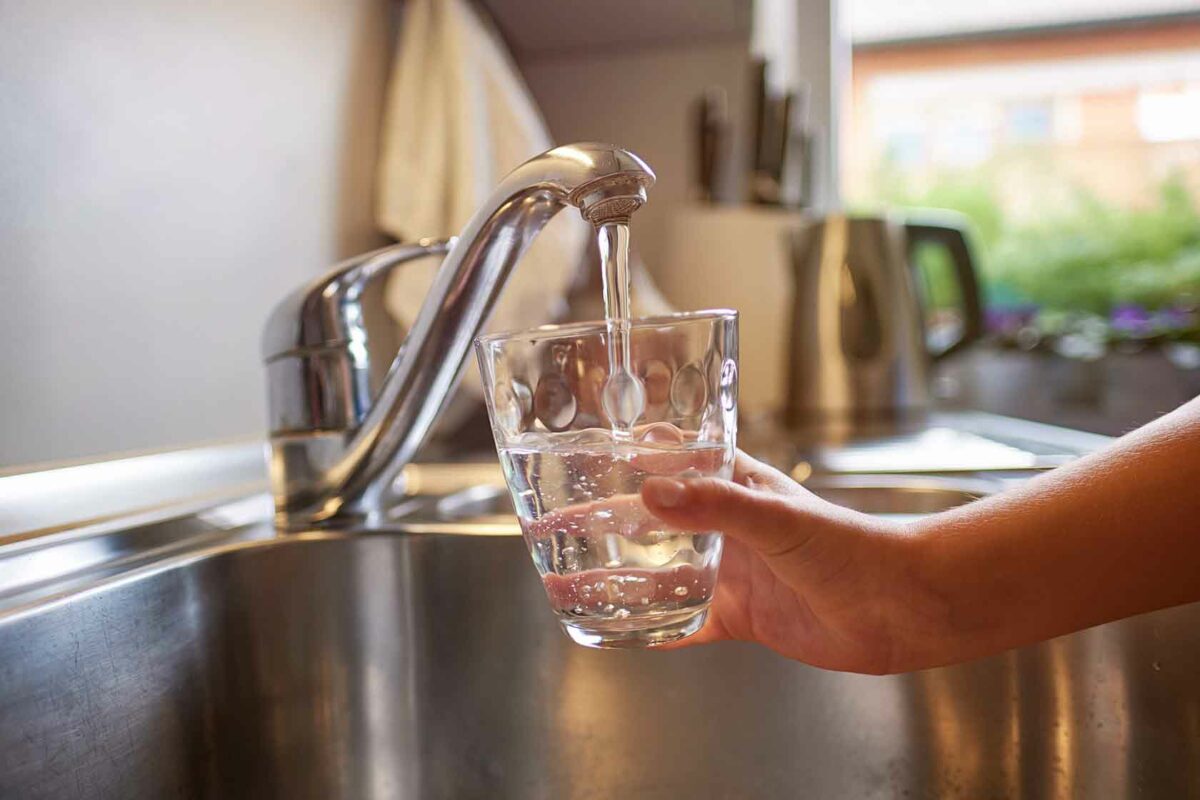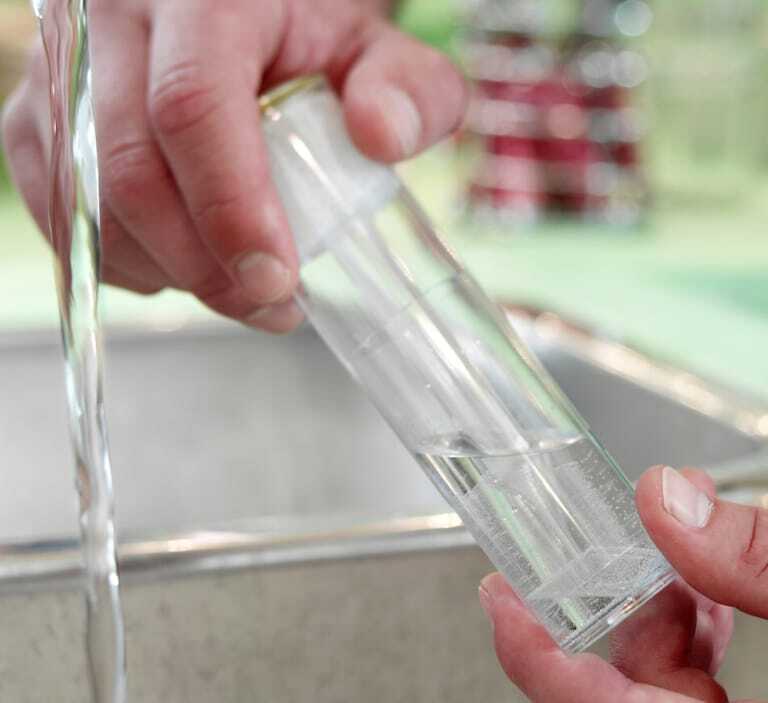Quick take: A private well can be a perk, not a problem. With the right inspection and routine water testing, you protect your health, your plumbing, and your investment.
How a private well works
A well taps underground aquifers and delivers water to your home through a pump and pressure tank.
-Water source: Groundwater stored in rock and sand layers.
-Well construction: A drilled hole with casing, cap, and sanitary seal.
-Pump and pressure system: Moves water to a pressure tank for steady flow.
-Treatment if needed: Filtration or disinfection based on water quality.
What happens during a well inspection
A thorough inspection checks safety, performance, and water quality. Expect:
-Visual and safety review: Well head, cap, casing, sanitary seal, and setbacks from septic or runoff.
-Systems check: Pump, pressure tank, switches, wiring, gauges, and visible plumbing.
-Flow and pressure test: Confirms well yield and usable pressure at fixtures.
-Water quality sampling: Properly collected samples sent to a certified lab.
What the lab usually tests
-Bacteria indicators: Total coliform and E. coli.
-Chemistry: Nitrates and nitrites.
-Metals and minerals: Iron, manganese, lead, copper, hardness.
-General balance: pH, conductivity, turbidity.
-Emerging concerns on request: PFAS and other specialty panels.
Why regular testing matters
-Health and peace of mind: Confirms water is safe to drink and use.
-Early problem detection: Catches contamination or failing parts before it gets expensive.
-Storm resilience in Northeast Florida: Heavy rain and flooding can change groundwater quickly.
Common sources of contamination
Septic failures, surface runoff, fertilizers and pesticides, old or loose well caps, corroded casing, and stagnant plumbing can introduce bacteria or chemicals.
When to test and inspect
-Every year: Test for bacteria and nitrates at a minimum. Add a broader panel every two to three years.
-After big storms or flooding: Recheck bacteria within one to two weeks.
-During a real estate transaction: Always include a well inspection and lab testing before closing.
-Anytime something changes: New odors, taste, staining, or pressure swings call for testing and a systems check.
Common issues a well inspector finds
- Mineral buildup that stains fixtures or clogs appliances.
- Positive total coliform or, less commonly, E. coli.
- Deteriorated casing or loose, non-sanitary well caps.
- Undersized or failing pumps and pressure tanks.
- Low yield caused by aquifer changes or equipment problems.
What inspection and testing can cost
Costs vary by depth, equipment, and test panels. Most buyers choose a combined package that includes a mechanical inspection, flow and pressure checks, bacteria testing, and a basic chemistry panel. Specialty tests like PFAS or radionuclides increase the price. Ask for a quote that lists exactly which analytes are included.
Who pays during a home purchase
Payment is usually part of buyer due diligence. Sometimes the seller covers inspection and testing to keep the transaction smooth. Your contract should specify this, your agent can advise.
Tips for sellers listing a home with a well
-Gather records: Past lab reports, maintenance logs, repairs.
-Consider a pre-listing inspection: Fix small issues early and share a recent clean lab report.
-Be ready for buyer questions: Setbacks, well age and depth, pump age, and any treatment equipment.
FAQ
What is total coliform, and why is it on my report,
It is a group of generally harmless bacteria used as an indicator. If total coliform is present, it tells us there is a pathway for contamination. We then look for E. coli. If E. coli is present, do not drink the water until corrected and retested.
My test is positive for total coliform. What now,
Inspect the well cap and sanitary seal. Shock chlorinate when appropriate. Flush the plumbing, then retest. If positives persist, we investigate the source and consider permanent treatment.
How long do lab results take,
Core bacteria and nitrate results often return within three to four business days. Specialty tests can take longer. We outline timelines when we schedule.
Do I need a water softener or filter,
Only if results or staining point to a problem. We recommend solutions based on data, not guesswork.
How Bobcat Home Inspector can help
-Certified Water Sampling & Chain of Custody – Properly collected and documented water samples for accurate, lab-verified results.
-Mechanical Well Inspection – Evaluation of the well pump, pressure tank, visible piping, and overall operation to help ensure long-term reliability.
-Clear, Actionable Reports – Easy-to-understand findings with next steps and trusted local referrals when additional service is needed.
-Local Expertise – Insight into Northeast Florida’s soils, storms, and water systems, so you get recommendations tailored to our region.
-Fast & Convenient Scheduling – Flexible appointments that fit your closing deadlines, with lab results typically available within three to four business days.
